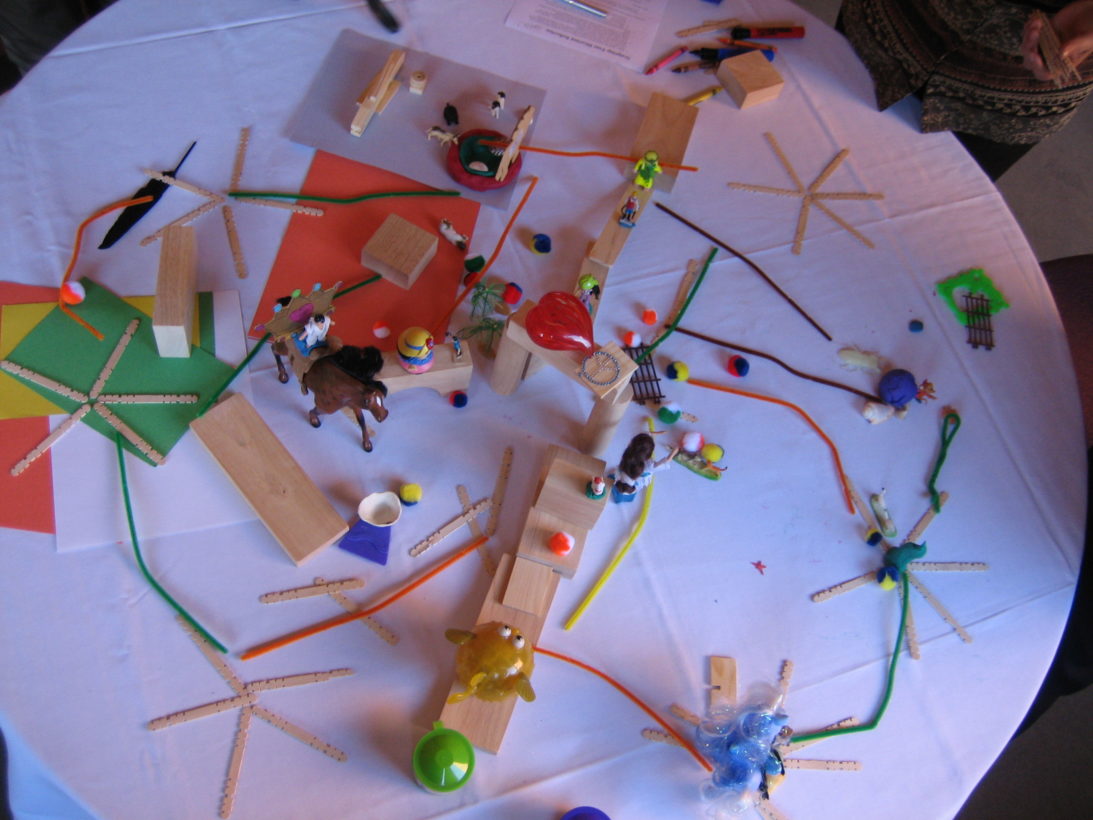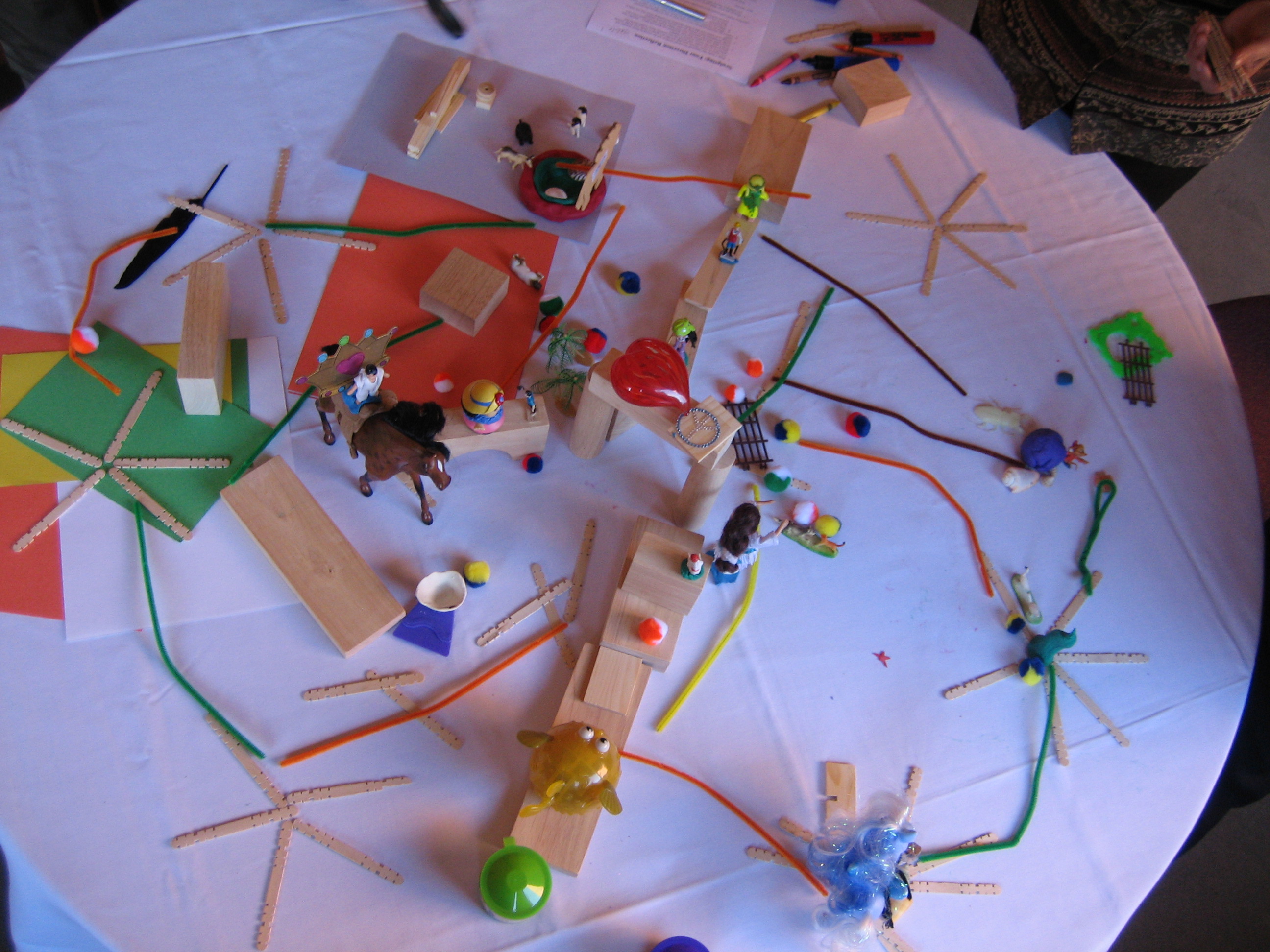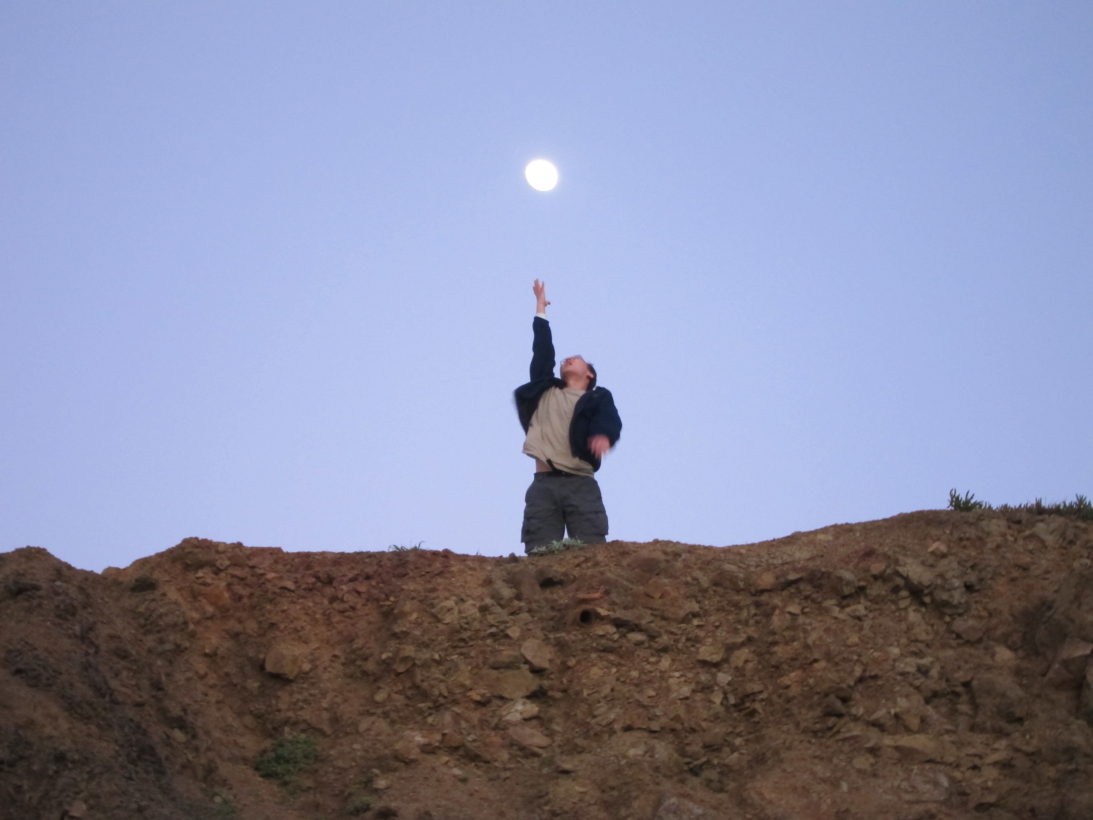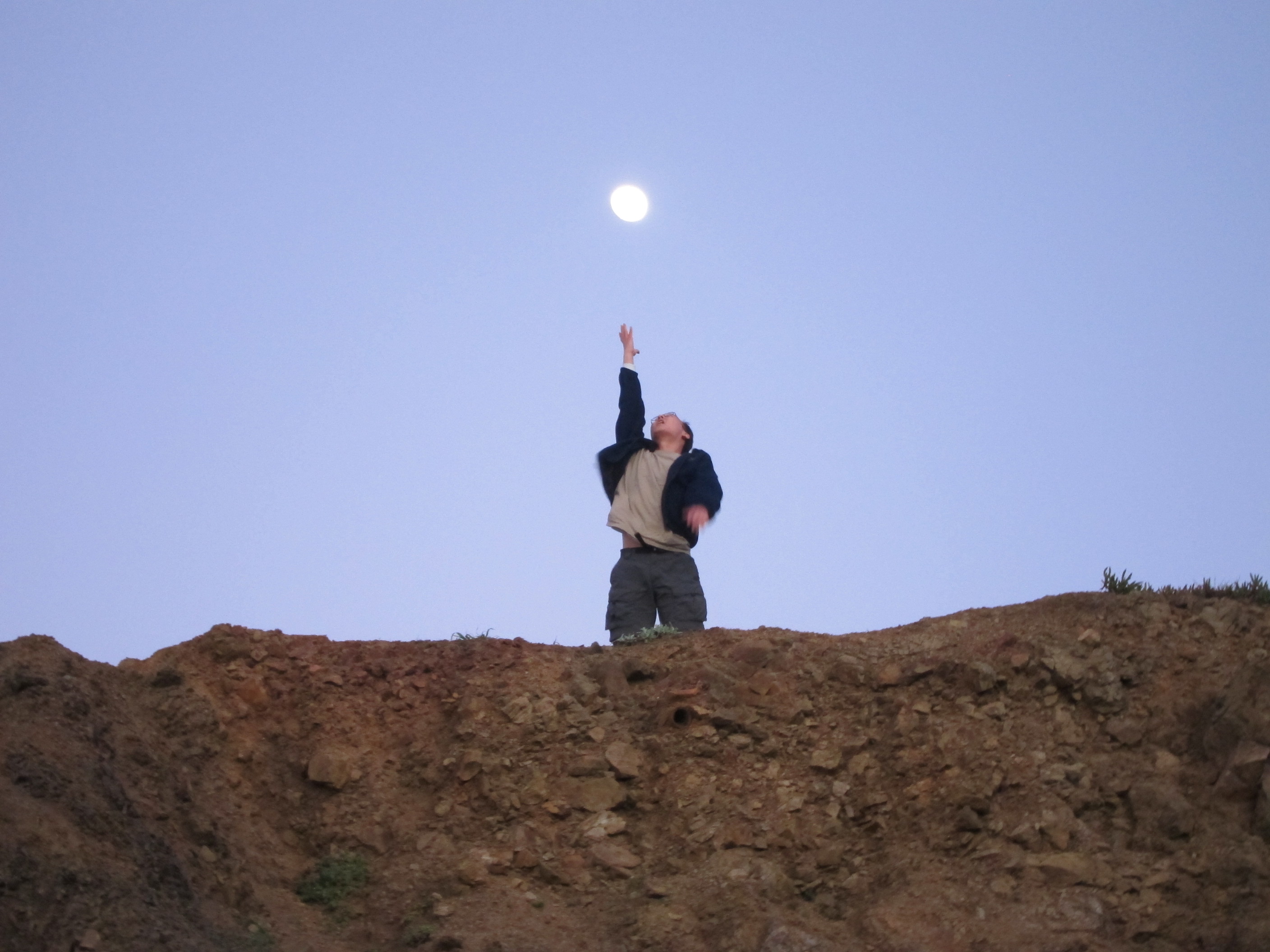

Last week, I shared a preamble on my plans to build a network of collaboration practitioners. Given the high-level nature of my post, I was surprised by the reaction and strong interest, especially on LinkedIn . I think it spoke to two things. First, despite all of our connectedness on social media, people crave deeper community. Second, it’s easy to be enthused about something when it’s described in a high-level, hand-wavy way. In this and subsequent posts, I’m going to try to get less hand-wavy by sharing actual experiences. I want to start by sharing my first “formal” experience building a network over 20 years ago.
In 1998, I made the difficult decision to leave the only full-time job I had ever known (and, to this day, the only time I’ve ever worked for someone else). I loved my boss and my team, and I liked the work, but I didn’t love it. I wanted to do something that I loved.
The problem was that I had no idea what that was. Or at least I had no idea how to get paid doing it. My default solution was to start my own company, which was one of the reasons I had moved to the Bay Area in the first place. But I didn’t have an idea that felt compelling. I decided to give myself a year to figure it out, marking the date when I would give notice in my calendar.
One of the things I love about the Bay Area is that it’s a physically small space where lots of interesting people live, which means that serendipitous collisions are common. This structure complements Silicon Valley culture, where people really value relationships. This culture manifests in a wonderful and a not-so-wonderful way. On one side of the spectrum, there is this wonderful openness, where people are willing to grab coffee with just about anyone — even “competitors” — to talk excitedly about their work and passions. On the other side, there are a plethora of networking events largely attended by drive-by networkers — people who treat relationships as a kind of game where they try to spread and collect as many business cards as possible.
I figured that a simple next step in my quest to figure out what to do with my life would be to go to some of these networking meetings. However, the thought repelled me. I wanted to spend quality time meeting interesting people doing interesting things. Going to a networking meeting felt like a painful and inefficient way to do this.
Then I had an epiphany. I was lucky enough to already be friends with some interesting people doing interesting things. Rather than try to meet new people, I decided to make up an excuse to hang out with the people I already knew (and liked). I invited a few friends to my apartment to eat pizza and “help me figure out what to do with my life.” We didn’t solve my problem that night, but I learned a lot about their work and hopes and dreams, I got a lot of encouragement, and I had a good time. In retrospect, it was an obvious thing to do, but I had never thought of doing it before, and I was hungry to do it more.
I decided to expand my invitation list to about eight people and do these dinners monthly. I wanted to keep the gatherings intimate, but I also wanted to open up the group to others. I decided to do two things to address this tension.
First, we decided to call the group, “pre-ipo,” a nod to our shared interest in startups.
Second, I established two ground rules. The first was, “shameless self-exploitation.” My reasons for forming this group were completely selfish. I wanted to figure out what I was going to do next, and I wanted to hang out with fun, interesting people in the process. I wanted to be clear about my own selfish intentions, but I also wanted others to be similarly selfish. This first ground rule made it clear that it was not only acceptable to want to get something out of participating, it was required.
The second was, “The Eugene Rule.” I had to like you for you to be part of the group. I also assumed a transitive property of relationships. In other words, if you liked someone, and if you thought I would like that person too, it was highly likely that you would be right. Rather than act as a gatekeeper, people were welcome to invite others, no questions asked, as long as they were confident that these others would pass The Eugene Rule.
As it turned out, these two ground rules, along with a strong initial set of relationships, helped create the balanced culture that I sought. It enabled all of us to explore our “selfish” goals while developing deep, authentic relationships with each other.
Every month, someone would do a deep dive into their work. One person was building online community tools. Another was building GPS-powered pedometers. (Remember, this was the 1990s, well before smartphones.) Another had developed a Palm Pilot app (again, it was the 1990s) for doctors to write prescriptions, so that pharmacists didn’t have to try to interpret their notoriously bad handwriting. My favorite was when one person described his experiences starting a hip hop music label.
I never paid for space. We always managed to find people to host for free simply by asking. After the talks, we would eat pizza and hang out. We generally had about a dozen people every month, with about 25 people at our largest gathering. Many people ended up partnering with others, in some cases joining each other’s boards. More importantly, people felt comfortable letting down their guard, which led to lots of real friendships being formed.
After nine months of doing these gatherings, I still had no idea what I wanted to do next. However, engaging with this community helped me realize that I didn’t have to decide right away, that I could put myself out there as a consultant and continue to explore, a decision that eventually led to the work I’m still doing today over two decades later.
I often think fondly about pre-ipo. My only regret is that I have no photos or any other form of (easily findable) documentation from that time. It was well before digital cameras, much less smartphones, and I also didn’t value documentation or leaving trails as much as I do now. Regardless, it was a wonderful, generative time, and it also helped me better understand some underlying principles for building networks, principles that I think are often undervalued in other efforts. Specifically:
Be clear about what you want. I often see groups wrestling with questions about governance and structure without voicing what they actually want. With pre-ipo, I had a clear goal that was embodied in the group’s name, which made it clear to others too.
Avoid premature and unnecessary structure. We started small, and we assumed high trust, which meant that we were able to be open without having to worry about complicated membership or governance rules. Instead of worrying about structure or scale, we focused on developing a warm culture that encouraged us to form deep, authentic, generous relationships.
Assume abundance! There were already plenty of formal entrepreneur networks in Silicon Valley, but I didn’t want to participate in any of those. That was fine! There doesn’t have to be only one group for a particular purpose, and in truth, there never actually is. Every person in pre-ipo already belonged to other entrepreneur networks, both formal and informal. Being part of multiple networks benefited everyone, because it gave all of us access to more people and broader learning.
Having an abundance mindset also made our first ground rule, “shameless self-exploitation,” work. I often see groups unintentionally develop a culture of martyrdom, where people feel obliged to sacrifice whatever individual desires they have for the “greater good.” This reflects a zero-sum mindset where people assume that their individual goals come at the expense of other people’s, and it results in spaces where people feel timid and fear stepping on each other’s toes. We assumed that our individual goals would complement and reinforce each other’s, which created a liberating and generative space.
This is the second in a series of blog posts about building a network of collaboration practitioners. The others are:
- Building a Network of Collaboration Practitioners (February 7, 2019)
- A Personal Case Study in Network-Building: Pre-IPO (February 20, 2019)
- A Personal Case Study in Network-Building: Selfishness, Frequent Collisions, and my Colearning Experiment (May 7, 2019)
- What We Learned from Five Years of Check-ins (May 14, 2019)
- Design Sketch for a Network of Collaboration Practitioners (November 14, 2019)

